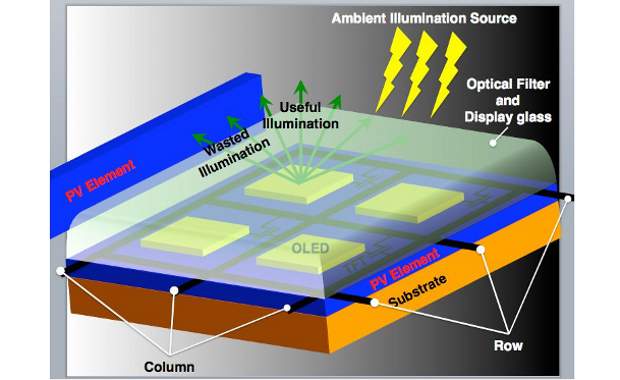A team of researchers of University of Cambridge (UK) are working on a mobile phone which will be needed to be charged less often. The group of researchers have built a prototype that uses ambient light to produce the required electricity to run the phone.
The handset’s display has been made of solar cells which are created with hydrogenated amorphous silicon. To make it efficient, the researchers have also put a thin film of photovoltaic cells around the edges of the display. This, researchers said, would help conserve energy as in normal organic light emitting diode (OLED) displays only 36 percent of the light being used to generate images, whereas rest escapes from the edges of the screen.
The voltage in the solar cells also fluctuated which might create some problem for the battery, so the researchers came out with a thin film transistor circuit to make sure the voltage fluctuations remained under control and the electricity was used more efficiently.
Also, the thin film devices can be fabricated all temperatures below 150 degrees celcius on lightweight plastic, thus making them more attractive for using them in mobile phones. There is a thin film coil in the screen as well which is used as a receiver which will help reduce the magnetic coupling scheme in the mobile phones.
If this technology comes into mainstream, then it would solve the battery issue in smartphones in a big way as high end handsets are known to consume a lot of battery power.


